Spice Chronicles: Where Did Curry Really Come From? A Culinary Journey Through Time and Taste
If you’ve ever found yourself staring into a bubbling pot of curry, inhaling that intoxicating aroma of turmeric, cumin, and chili, you might have also wondered — where did this flavor-packed phenomenon actually come from? Was it born in India? Or maybe Thailand? Japan? Mars?
In this blog post, we’re diving deep into the origins of curry, peeling back layers of history, culture, and spice trade like an onion (and yes, there’s probably some onion involved too). Buckle up your apron strings, because we’re about to embark on a global spice adventure.
Table of Contents
- Curry Confusion: What Exactly Is Curry?
- The Indian Origins: More Than Just Masala
- Colonial Twist: How the British Stole Curry (But Gave It Back)
- Global Curry Tour: Regional Variations Around the World
- Essential Spices in Curry: The Flavor Matrix
- Pro Tips for Cooking Curry at Home
- Conclusion: Curry as a Culinary Bridge Between Worlds
Curry Confusion: What Exactly Is Curry?
Let’s start with the elephant in the kitchen — the word “curry” doesn’t even exist in most Indian languages. In Hindi, it might refer to any kind of gravy-based dish, but in Tamil, Bengali, or Telugu, the word varies wildly. So how did such a broad term become synonymous with spiced stews and saucy dishes across the globe?
| Region | Local Term | Description |
|---|---|---|
| India | Kadhi / Saalan / Jhol | Dishes vary by region, ingredients, and preparation style |
| Thailand | Gang | Often coconut milk-based with lemongrass and kaffir lime |
| Japan | Kare | Sweet, mild, often served with rice and breaded cutlets |
| Jamaica | Curry Goat | Spicy island fusion using Indian-influenced spices |
The Indian Origins: More Than Just Masala
While “curry” may not be native to Indian tongues, its roots are firmly planted in the subcontinent. Ancient texts and archaeological findings suggest that spice blends were being used over 4,000 years ago. Turmeric, black pepper, cardamom, and cloves weren’t just cooking tools — they were medicinal powerhouses, religious offerings, and status symbols.
As early as the Indus Valley Civilization, people were grinding and mixing spices. But it was during the Mughal Empire (1526–1857) that rich gravies, slow-cooked meats, and aromatic basmati rice became part of the culinary narrative. These dishes would later inspire what we now know as “Mughlai cuisine,” which played a role in shaping modern-day curry.
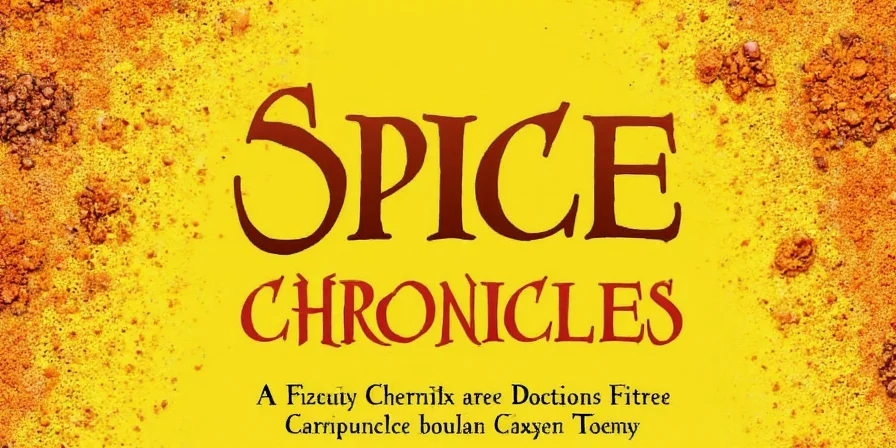
Colonial Twist: How the British Stole Curry (But Gave It Back)
The term “curry” itself is believed to have originated from the Tamil word kari, meaning sauce or relish. When British colonists came to India in the 17th century, they fell in love with the local flavors but struggled to understand the complexity behind them.
So what did they do? They simplified. They created “curry powder” — a one-stop blend designed to mimic the complex masalas they encountered in India. Soon enough, curry made its way into British kitchens, appearing in cookbooks like Hannah Glasse’s *Art of Cookery* in the 1700s.
Timeline: How Curry Spread Globally
- 1600s: British East India Company introduces Indian spices to Britain
- 1747: First published curry recipe in England
- 1800s: Indian laborers spread curry recipes to Caribbean and Southeast Asia
- 20th Century: Japanese curry becomes a staple in school lunches; Thai green curry goes global
Global Curry Tour: Regional Variations Around the World
From fiery Jamaican curry goat to sweet Japanese kare, here’s how different cultures have made curry their own:
| Country | Type of Curry | Signature Ingredients |
|---|---|---|
| India | Butter Chicken, Rogan Josh | Tandoori masala, garam masala, yogurt |
| Thailand | Green Curry, Massaman Curry | Coconut milk, galangal, lemongrass |
| Japan | Japanese Curry (Kare) | Apples, honey, Worcestershire sauce |
| Jamaica | Curry Goat | Scotch bonnet peppers, thyme, allspice |
| Malaysia | Laksa, Rendang | Cinnamon, star anise, dried chilies |
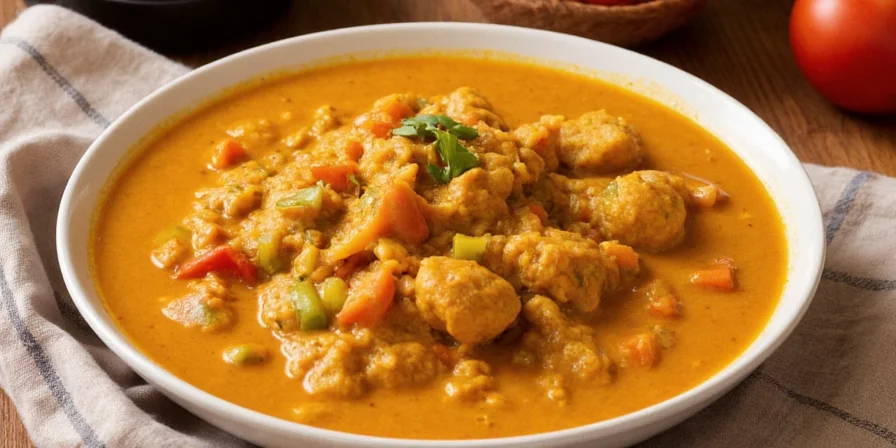
Essential Spices in Curry: The Flavor Matrix
No two curries are alike, but they do share a common ingredient list — or should I say, a spice lineup. Here’s a breakdown of the usual suspects:
- Turmeric: The golden glow that stains everything it touches
- Cumin: Earthy, nutty, and the backbone of many curry bases
- Coriander: Sweet and citrusy when whole, earthy when ground
- Cardamom: Floral and almost perfumey — used in both savory and dessert curries
- Chili Powder: Brings the heat (literally)
- Fenugreek: Bitter yet maple-syrup-like aftertaste; used sparingly
- Garam Masala: The finishing spice blend that ties everything together
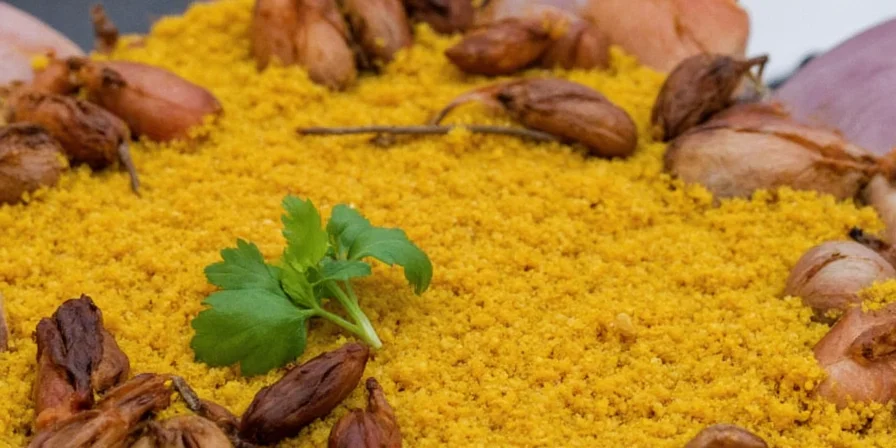
Pro Tips for Cooking Curry at Home
Ready to try your hand at making curry from scratch? Here are some chef-tested tips to ensure your curry hits every note — spicy, savory, aromatic, and oh-so-delicious:
- Bloom Your Spices: Toast dry spices in oil before adding liquid to unlock their full aroma.
- Add Acid: A squeeze of lemon or vinegar can brighten up a heavy curry.
- Slow and Steady: Letting the curry simmer helps the flavors meld beautifully.
- Use Coconut Milk Wisely: Full-fat coconut milk gives richness; light versions thin things out.
- Garnish Like a Pro: Fresh cilantro, fried onions, lime wedges, or a dollop of yogurt elevate any curry.
- Rest It Overnight: Many curries taste better the next day as the flavors settle.
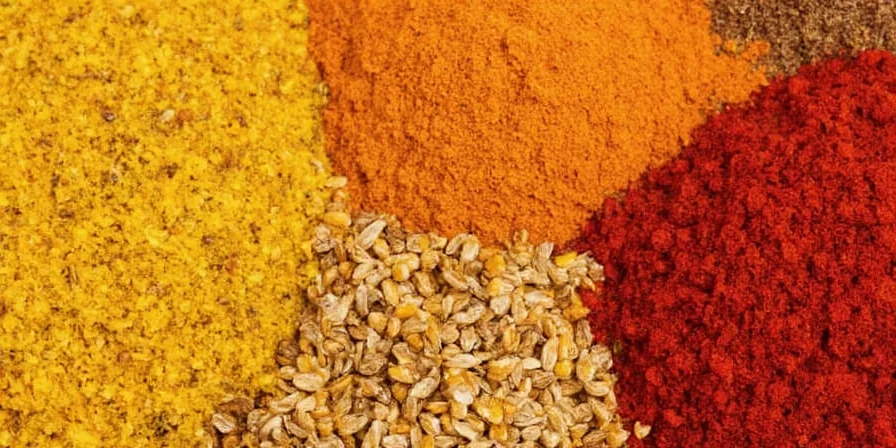
Conclusion: Curry as a Culinary Bridge Between Worlds
So where did curry really come from? The answer isn’t as simple as pointing to a country on a map. Curry is more than a dish — it’s a story of migration, colonization, adaptation, and shared joy.
From ancient spice markets in India to bustling street food carts in Bangkok and cozy dinner tables in London and New York, curry has traveled the world, changing form but keeping its soul intact. And whether you prefer it hot, sweet, creamy, or packed with protein, there’s a version of curry out there for everyone.
Next time you whip up a batch of curry, take a moment to savor not just the flavor, but the centuries of culture simmering in your pot.
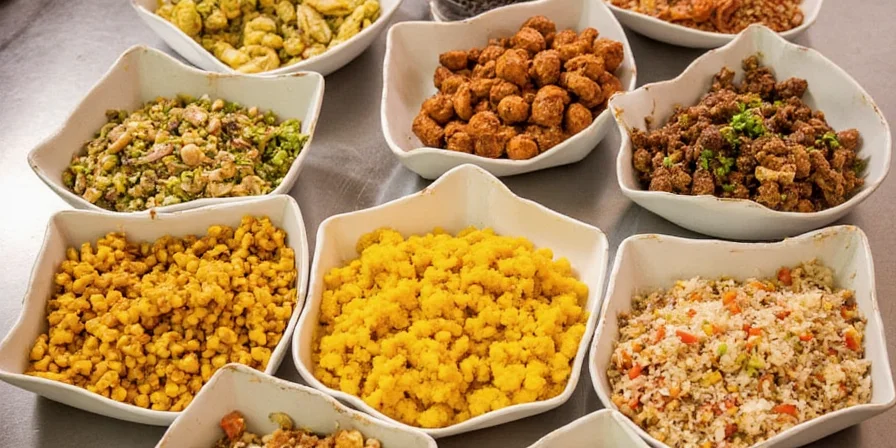

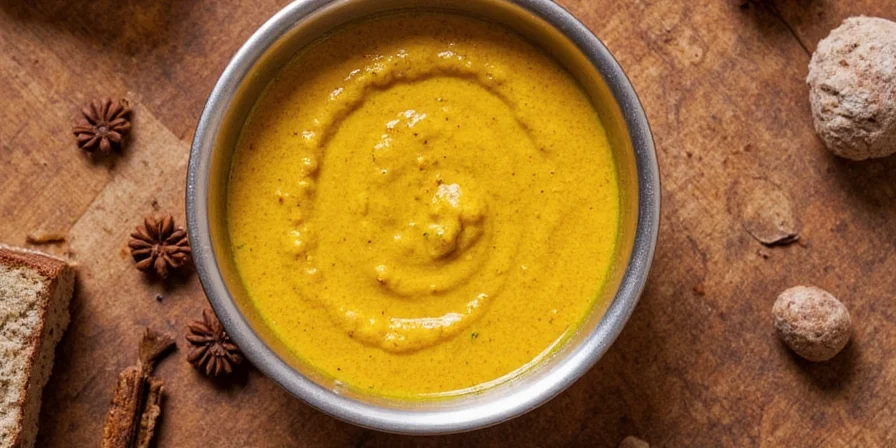









 浙公网安备
33010002000092号
浙公网安备
33010002000092号 浙B2-20120091-4
浙B2-20120091-4